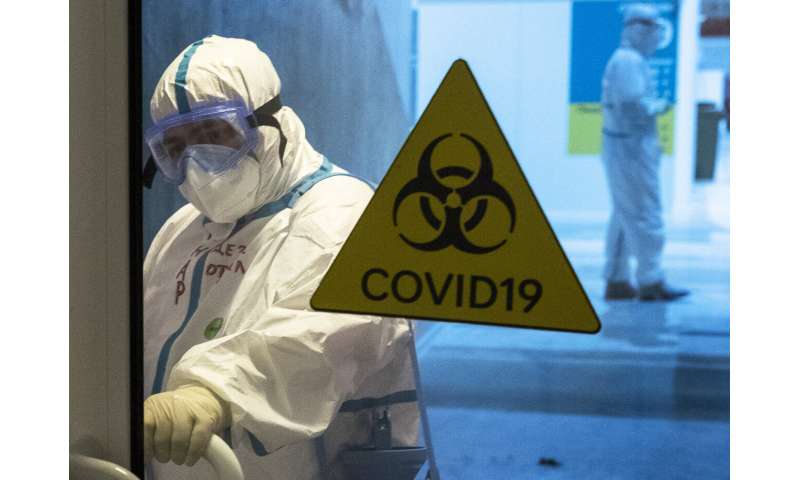
When Yekaterina Kobzeva, a nurse at a preschool in Russia’s Ural Mountains, began having trouble breathing, she called an ambulance. It was four days before she managed to find a free hospital bed.
The ambulance first took her to get a scan—which showed damage from pneumonia to 50% of her lungs, an indication she had coronavirus. The paramedics then drove her around the city of Perm and its surroundings for hours as seven hospitals, one by one, turned her down, saying they didn’t have any beds available. At dawn, she went home.
The journey took her through “circles of hell,” Kobzeva, 60, recalled in an interview with The Associated Press by phone from a hospital, where doctors confirmed she had the virus. She was only admitted there days after her first attempt—and after her story made local headlines.
Russia’s health care system, vast yet underfunded, has been under significant strains in recent weeks, as the pandemic surges again and daily infections and virus death regularly break records.
Across the country, 81% of hospital beds that have been set aside for coronavirus patients were full as of Wednesday. Three times last week, the Russian government reported a record number of daily deaths, and the number of daily new infections per 100,000 people has more than doubled since Oct. 1, from 6 to over 15. Overall, Russia has recorded over 2 million cases and over 35,000 deaths, but experts say all numbers worldwide understate the true toll of the pandemic.
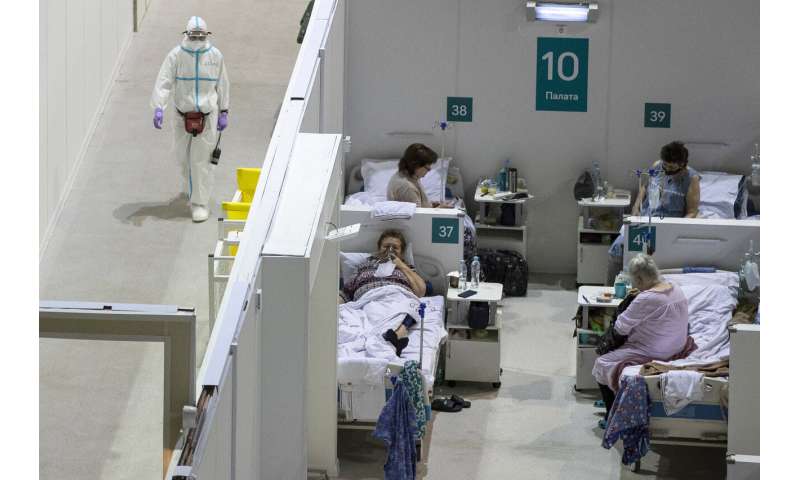
Reports in Russian media have painted a bleak picture in recent weeks. Hospital corridors are filled with patients on gurneys and even the floor. Bodies in black plastic bags were seen piling up on the floors of a morgue. Long lines of ambulances wait at hospitals while pharmacies put up signs listing the drugs they no longer have in stock.
Russian authorities have acknowledged problems in the health system. President Vladimir Putin even urged regional officials not to paper over the situation, saying that “feigning the impression that everything is perfectly normal is absolutely unacceptable.”
Yet Russian authorities continue to insist there’s no need for a nationwide lockdown or widespread closures of businesses, instead urging people to observe the measures ordered by regional governments.
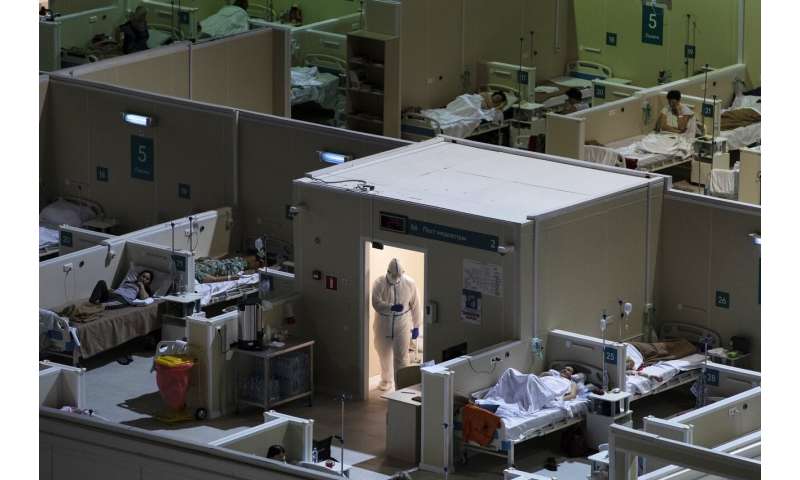
But in most regions, those measures don’t go beyond mask mandates, limiting the hours of bars and restaurants, ordering the elderly to self-isolate, forbidding mass public events and requiring employers to have some staff work from home. Health experts say the moves are clearly not enough.
Paramedic Dmitry Seryogin says Kobzeva’s experience is not unusual. In the southwestern Oryol region where he works, patients can wait for up to 12 hours for an ambulance and then might spend five more in it, looking for a hospital bed. Those who happen to arrive when others are being discharged get lucky, he told the AP, but the rest are sent home.
While the Perm region, where Kobzeva sought treatment, was among the top 20 of more than 80 Russian regions in terms of daily new infections last week, Oryol ranked somewhere in the middle. Still, 95% of hospital beds slated for coronavirus patients there were full last week, reflecting the pressure on a system crippled by widely criticized reforms that sought to cut state spending.
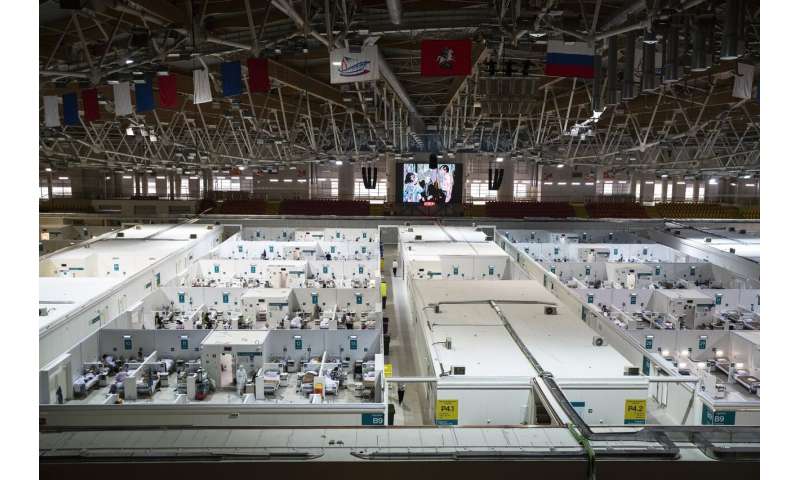
“We’re witnessing simply a collapse of the health care system in the region,” Seryogin said. “It is absolutely not coping.”
A partial six-week coronavirus lockdown in March only added to long-brewing public frustrations over Russia’s already weakened economy. Soon after that, Putin delegated the powers to impose virus-related restrictions to regional governors. Critics saw the move as an effort to inoculate himself from any more fallout over the pandemic.
During the fall resurgence of the virus, the Kremlin has consistently pointed fingers at regional governors.
“Colleagues, you have received broad powers for implementing anti-pandemic measures. And nobody has relieved you of personal responsibility for the adopted measures—I really do hope that they were adopted on time,” Putin reminded the governors last week.
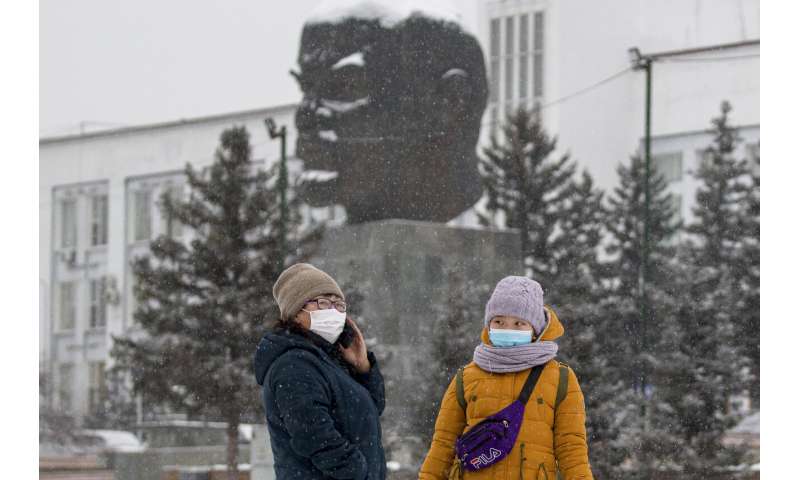
But just like the Kremlin, governments in the vast majority of Russian regions have been loath to shut businesses or impose lockdowns. The only exception has been the Siberian republic of Buryatia, where last week the region’s governor ordered cafes, restaurants, bars, malls, cinemas, beauty parlors and saunas to shut down for two weeks.
Regional governors find themselves in an impossible position, explained political analyst Abbas Gallyamov. They face public frustration if they don’t impose tough restrictions and the outbreak continues to rage, and they face it if they do because they don’t have the funds to ease the pain of closures.
“All the finances have been long centralized, and the regions don’t have spare money,” Gallyamov said. “So de jure, a governor’s hands are untied, but de facto they’re still tied because they don’t have the money to impose a lockdown and compensate people for their financial losses.”
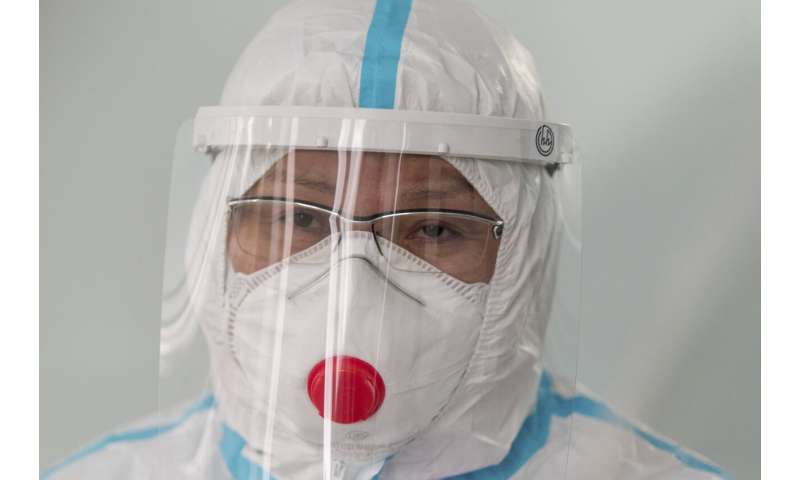
In addition, Putin has so thoroughly centralized power that regional governors are not used to acting independently, noted Judy Twigg, a professor of political science at Virginia Commonwealth University, specializing in global health.
In the meantime, many Russian regions are buckling under the growing tide of patients.
In Buryatia, the Siberian republic that has imposed the country’s strictest measures, Dr. Tatyana Symbelova told the AP that as the number of patients rose, her hospital kept adding beds—”in the corridor, in the outpatient ward next door”—but “the situation, still, grew worse and worse.”
Symbelova, the chief doctor at Republican Infectious Disease Hospital in Ulan-Ude, and her colleagues are now taking patients whose condition was “severe or of moderate severity” and turning down those with milder cases. A new coronavirus ward with 180 beds opened last week in the city, and she hopes that and the shutdown will help.
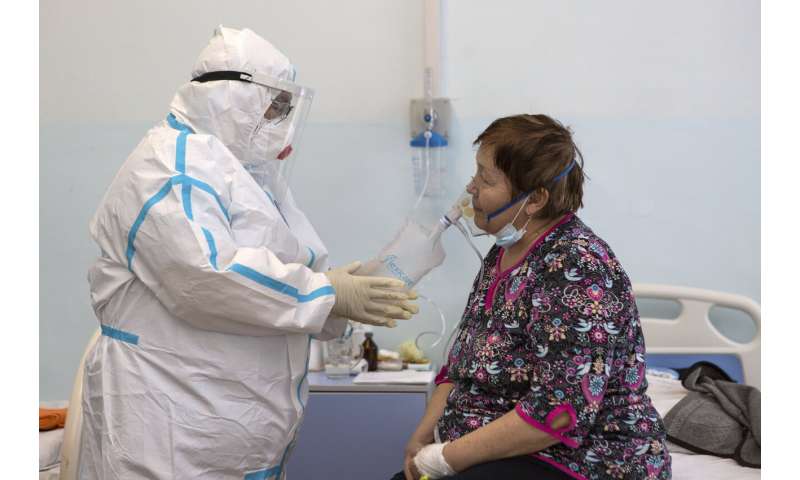
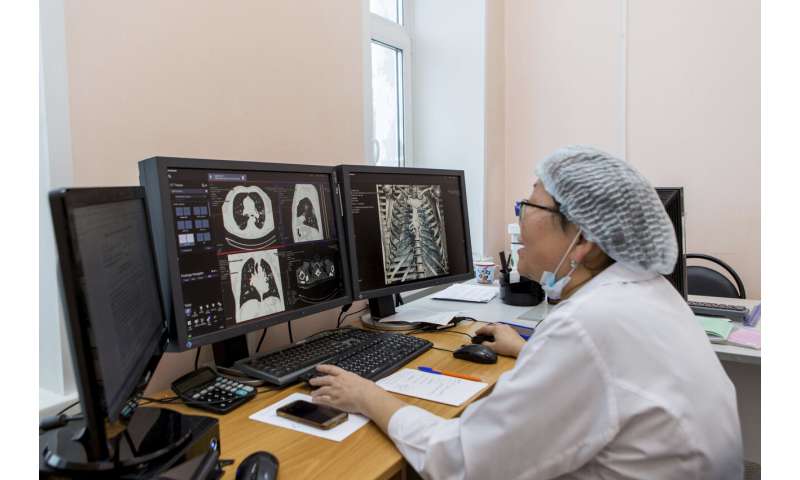
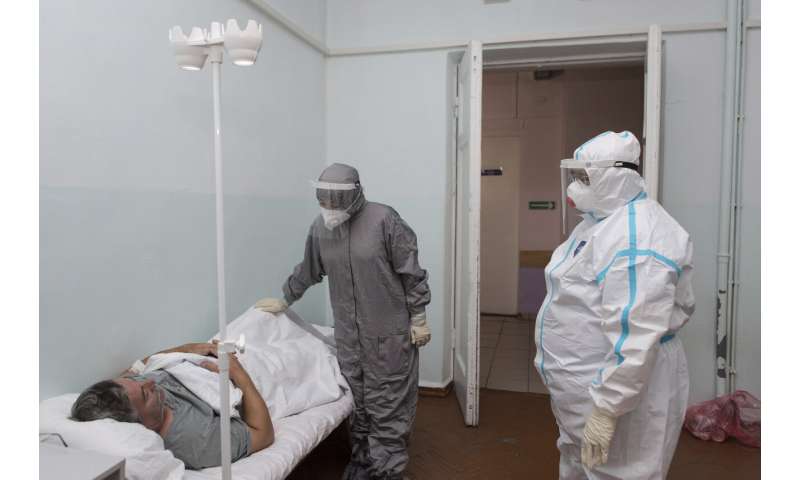
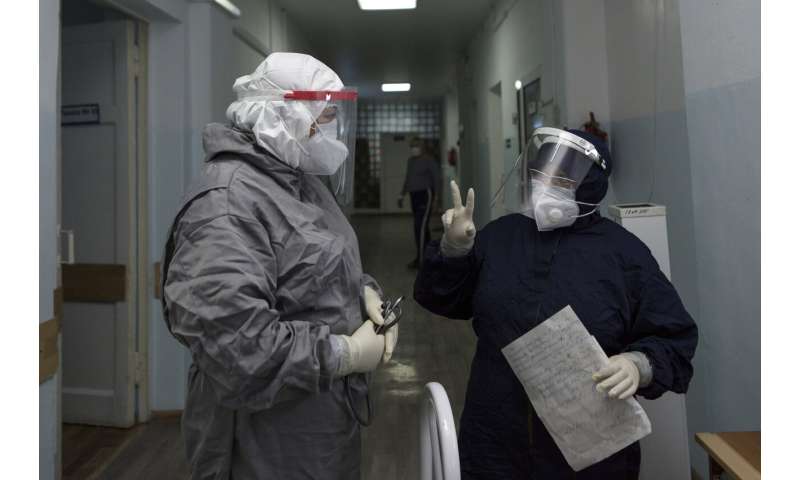
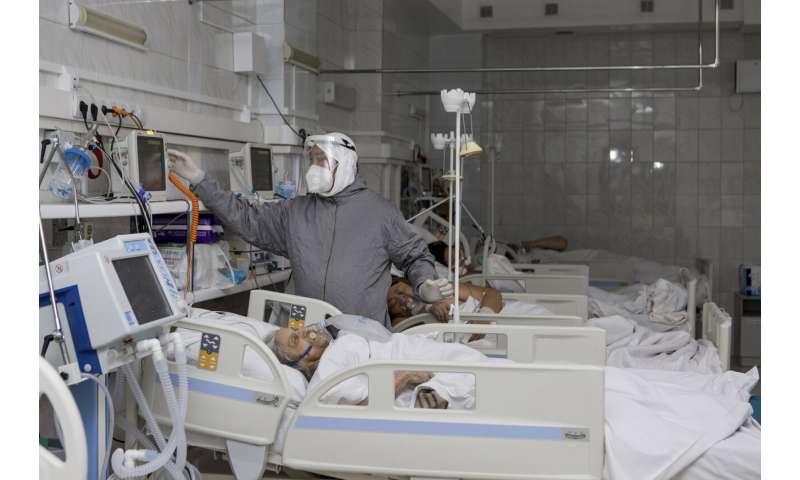
But in the meantime, she is worried.
Source: Read Full Article
